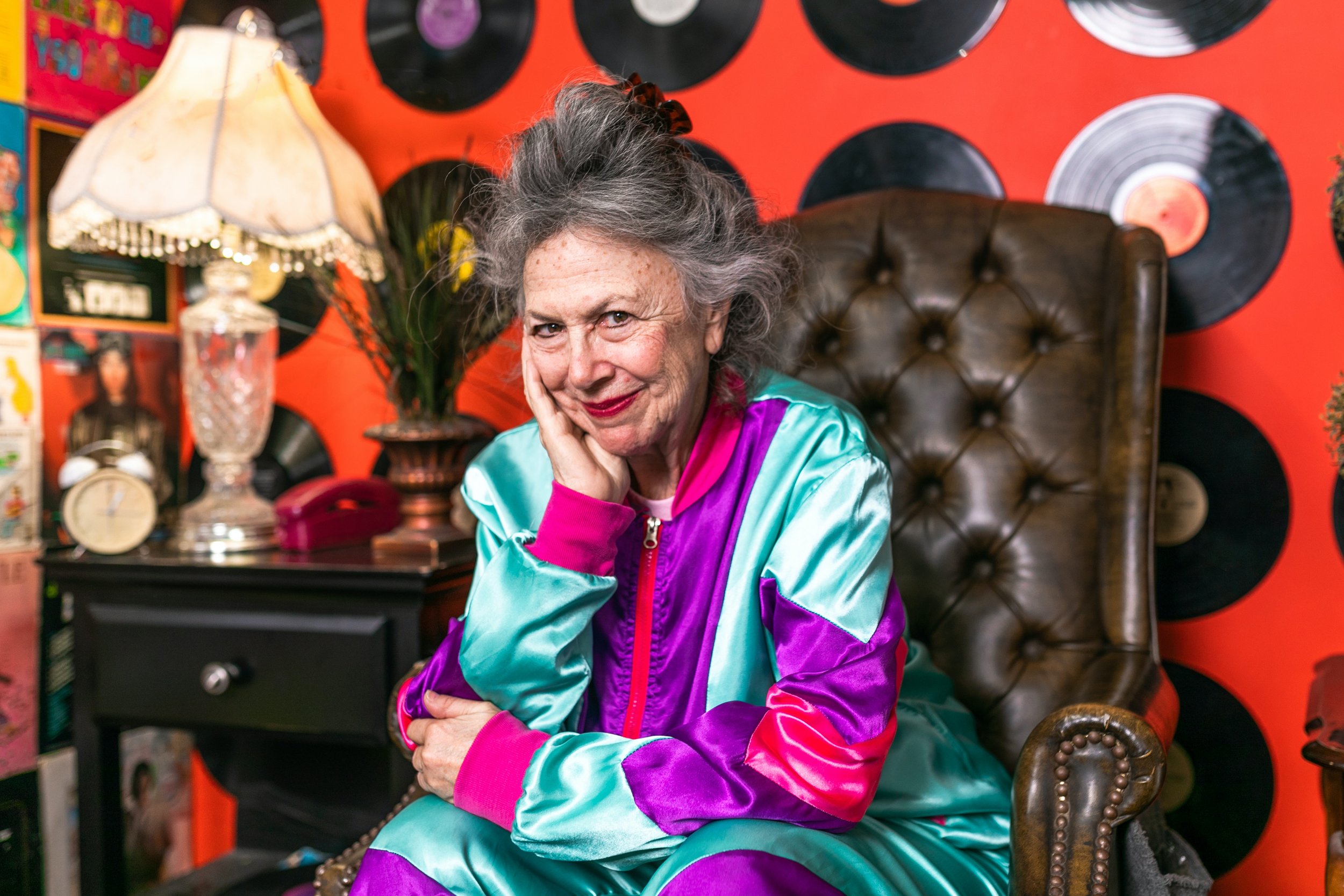Menopause and Your Skin
Menopause represents a huge change in a woman’s life. We know that there are a variety of different signs and symptoms that you can experience, but how does menopause affect your skin?
Let’s dive in.
What is the peri-menopause?
Peri-menopause (also known as perimenopause) is the time period leading up to menopause, when a woman's body begins to transition to the non-reproductive phase of life. This transition is marked by a decline in the production of oestrogen and other hormones, and typically begins in a woman's 40s or early 50s. This can take anywhere between two to eight years. During this time, it is not unusual for women to begin to experience the symptoms associated with menopause that are detailed below.
What is menopause?
Menopause is the end of a woman's reproductive years and marks the end of the menstrual cycle. It is a natural part of the aging process and typically occurs in women between the ages of 45 and 55, although it can happen earlier or later.
Menopause is marked by a decline in the production of oestrogen and other hormones by the ovaries. This hormonal shift can cause a range of physical and emotional changes, including:
Irregular periods: As oestrogen levels decline, the menstrual cycle may become irregular, with longer or shorter cycles, heavier or lighter periods, or skipped periods. Eventually, periods will stop altogether.
Hot flashes: Hot flashes, or sudden feelings of warmth and flushing, are a common symptom of menopause. They can be accompanied by sweating, rapid heartbeat, and chills.
Vaginal dryness: Oestrogen helps to keep the vaginal tissues healthy and lubricated. As oestrogen levels decline during menopause, the vagina may become dry and less elastic, which can cause discomfort during sexual activity.
Mood changes: The hormonal changes of menopause can also affect mood and emotional well-being. Some women may experience increased feelings of irritability, anxiety, or depression during this time.
Menopause is a normal part of the aging process and is not a disease. However, the physical and emotional changes it brings can be challenging for many women.
How does menopause affect your skin?
During menopause, women experience a decline in the production of oestrogen and other hormones. This hormonal shift can have a number of effects on the skin, including:
Dryness
Oestrogen helps to keep the skin moisturized and hydrated. As oestrogen levels decline during menopause, the skin may become drier and more prone to irritation, and the skin may feel rough or tight. This is because the decline in oestrogen affects the production of natural oils in the skin, leading to dryness and discomfort.
Acne
The menopausal hormonal shift can affect the balance of androgens (male hormones) in the body, which tend to fall more slowly than oestogren and are therefore are comparatively higher. This can lead to an increase in the production of sebum (an oily substance produced by the sebaceous glands in the skin). An increase in sebum production can lead to the development of acne, particularly in women who are prone to this condition. For more information, you can read my article about menopausal acne for Etre Vous here.
Fine lines and wrinkles
Oestrogen helps to stimulate collagen production, which helps to keep the skin firm and smooth. As oestrogen levels decline, the skin may become thinner and less elastic, leading to the development of fine lines and wrinkles. The skin may lose some of its elasticity and may become more prone to sagging.
Changes in pigment
Oestrogen helps to regulate melanin production, which is the pigment that gives color to the skin. We know that pigmentation is associated with hormones, as melasma is a common problem during pregnancy.
Thinning hair
Androgens play a role in the growth and development of hair, and an imbalance of these hormones can affect the health and appearance of the hair. Approximately a third of post-menopausal women experience thinning hair. In addition, ageing in general can also contribute to thinning of the hair. As we age, the hair follicles may become less active, leading to slower hair growth and the development of finer, thinner hair.
Hirsutism
Hirsutism involves excess hair growth in areas that previously were hair-free. Most commonly, this occurs with facial hair, and is due to the increased level of androgens in the body during this time period.
Delayed Wound Healing
Reduced blood flow that occurs during menopause can reduce the delivery of nutrients and oxygen to the skin, which can also contribute to delays in wound healing.
To help manage these changes, it may be helpful to use a moisturiser and other skin care products that are formulated for mature skin, and to avoid harsh or drying skin care products. It may also be helpful to protect the skin from the sun, as sun exposure can further dry out the skin and contribute to the development of wrinkles and other signs of ageing.
What about Hormone Replacement Therapy?
Hormone replacement therapy (HRT) is a treatment that involves replacing hormones that have declined or become imbalanced in the body. HRT is often used to treat the symptoms of menopause and peri-menopause in women, and is first-line treatment for masomotor symptoms (hot flushes and sweating) and low mood. In otherwise asymptomatic women it is not necessarily recommended. There are several different types of HRT, including:
1. Oestrogen therapy: Oestrogen is the primary female sex hormone, and oestrogen therapy involves replacing the oestrogen that the body is no longer producing. Oestrogen therapy is often used to treat menopausal symptoms such as hot flashes and vaginal dryness.
2. Progestogen therapy: Progestogen is a hormone that helps to balance the effects of oestrogen. Progestogen therapy may be used in combination with oestrogen therapy to reduce the risk of oestrogen-related side effects, such as endometrial cancer.
3. Testosterone therapy: Testosterone is the primary male sex hormone, and testosterone therapy involves replacing the testosterone that the body is no longer producing.
HRT can be administered in several different forms, including pills, patches, gels, creams, and injections. The specific type of HRT that is best for an individual will depend on their specific needs and medical history. It is important to know that after the age of 45, blood tests are not required to diagnose or commence HRT.
While a lot of aesthetic clinics will offer HRT, it is important to make sure your clinician is following NICE guidelines, which represents the consensus for best standard of care, and prescribing hormones appropriately. Your GP should be able to manage your HRT in most cases. You can also find your nearest British Menopause Society (BMS) specialist here.
In particular, it is important to note:
Bioidentical HRT products are not recommended by the BMS they are not evidence based for effectiveness and safety and because regulated HRT options are available
There is insufficient evidence to justify multiple serum and saliva hormone tests often claimed to precisely individualise bioidentical HRT
Claims for the benefits of bioidentical HRT have been largely extrapolated from studies of conventional regulated HRT
You can read the BMS consensus statement here.






You might have heard buzz around the new vehicle taking the aesthetics and regenerative medicine world by storm. Exosomes are being touted as the “next big thing.” But what exactly are they, and what do we know about how they work?